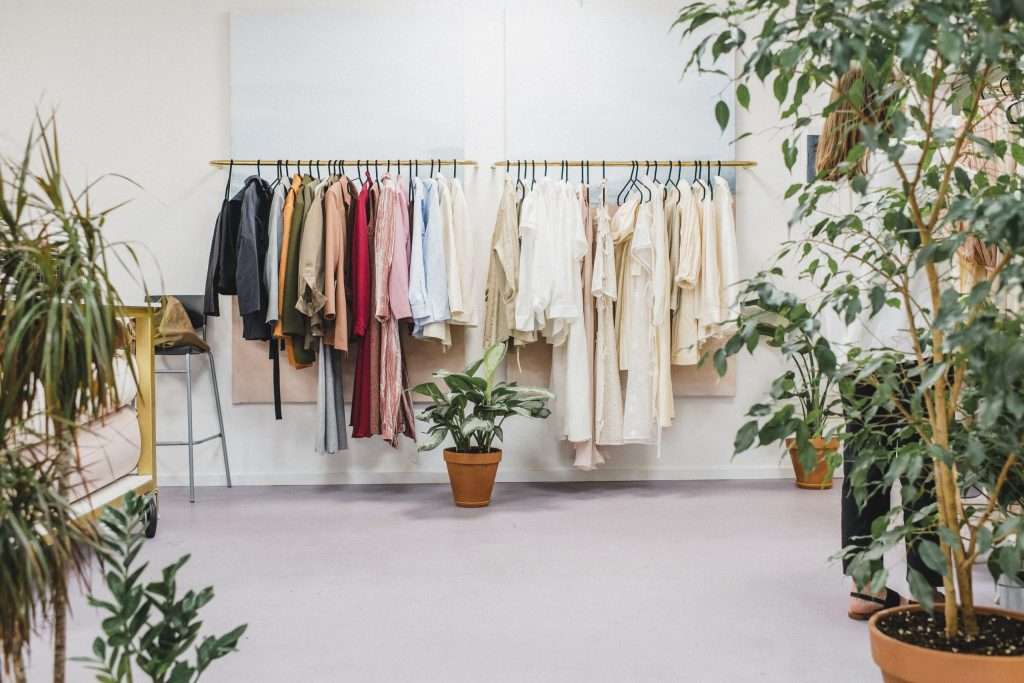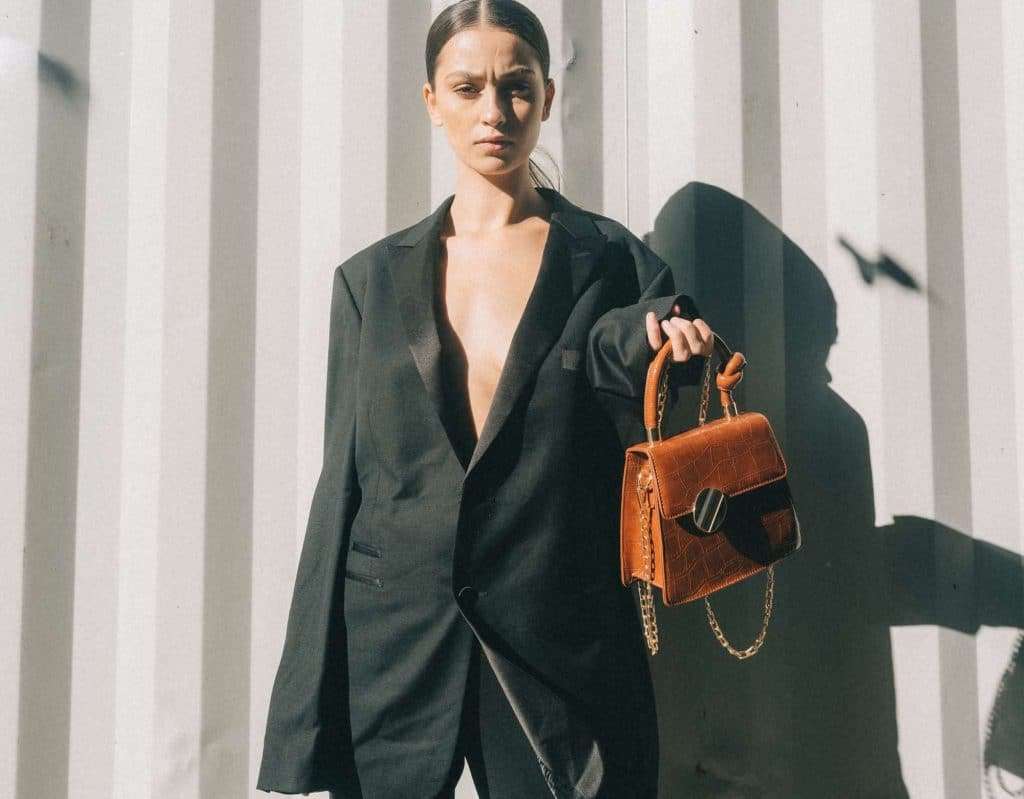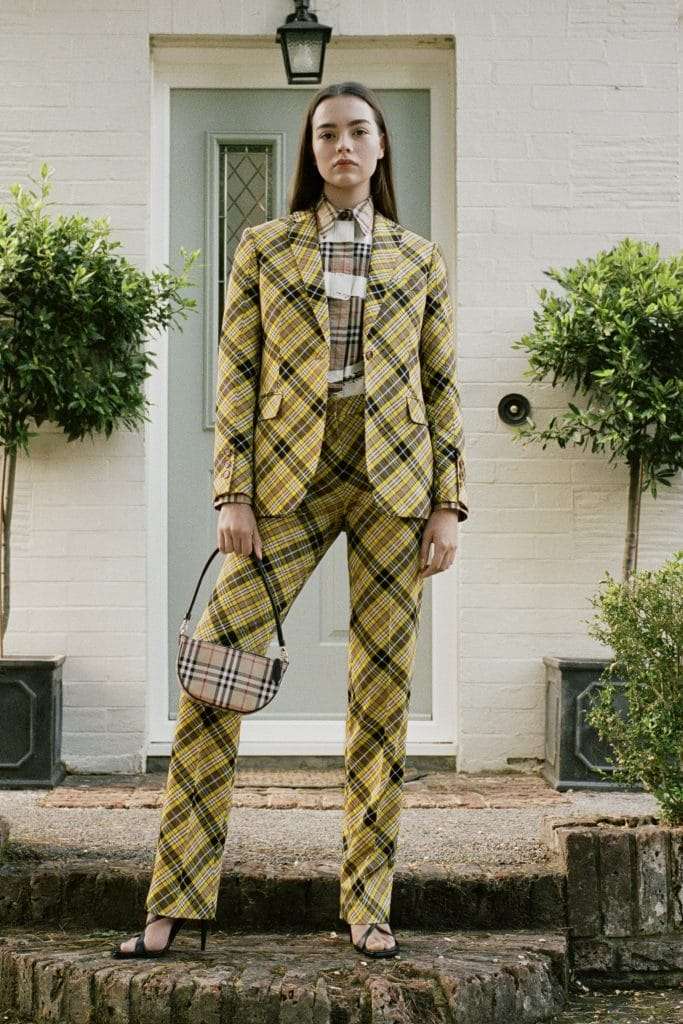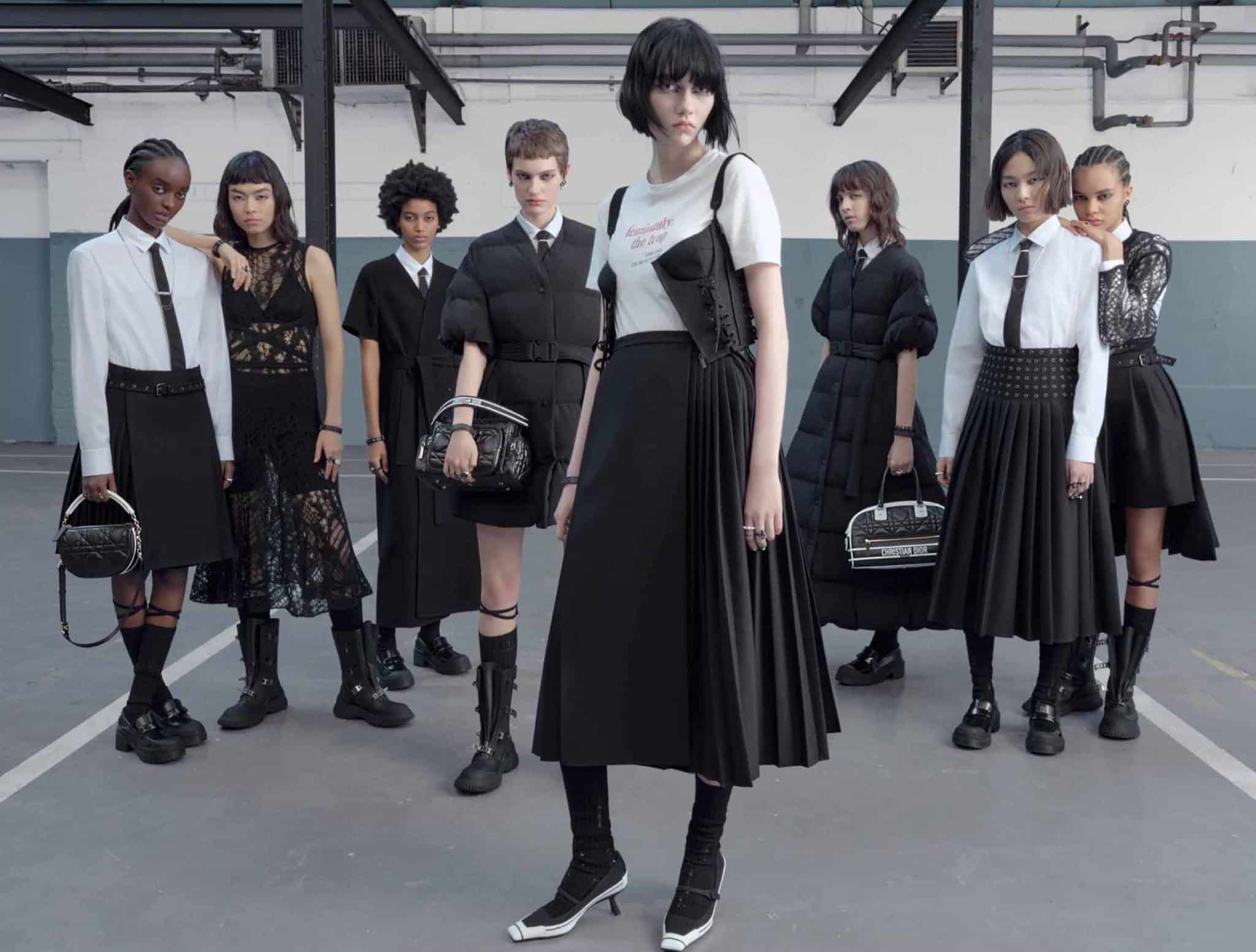As the U.S. inches closer to a recession, two new reports on resale trends point to an unprecedented secondhand luxury boom. But is the market recession-proof?
In its second conscious luxury trends report, released earlier this week, Farfetch says the number of consumers searching for and shopping its conscious collection—items made more sustainably and ethically—increased significantly from last year.
According to the report, searches for conscious products increased 93 percent, and purchases increased 60 percent over 2021. The platform says it now sells items from 220 brands with conscious or sustainable offerings, and sales of those items grew 1.8 times faster than the average item.
Both consumers are brands are taking an increased interest, the report found, with customers increasing their spend while the platform’s boutiques increase their commitments to sustainability and expand their offerings.

Significant growth came from France, where gross merchandise sales grew 149 percent for conscious products. South Korea saw the biggest increase in spend per pre-owned item—up 116 percent from 2021.
“As the platform for luxury we have a unique view derived from over 3 million active consumers and over 1,400 luxury sellers on the marketplace, Thomas Berry, senior director of sustainable business at Farfetch, said in a statement. “It’s clear from the data that consumer appetite for more conscious and circular ways of engaging with fashion continues to grow, and that brands are responding to the opportunities that this trend presents.
“In line with our Positively Farfetch strategy, we hope the insights in this year’s report help our partners, and the wider industry to continue to think, act and choose positively.”
Luxury quality equals sustainability
Farfetch says the consumer shift includes an increase in luxury purchases because of the quality factor, which dovetails into sustainability commitments and the move away from cheap, fast-fashion items that only last a few wears. According to the report, 79 percent of consumers are buying more luxury items because they view them as more sustainable.
The report builds on findings from resale platform ThredUp, which anticipates the resale market doubling by 2026 to more than $82 million. Farfetch says 20 percent of its survey respondents purchased pre-owned fashion in the last year with views of pre-owned items up 150 percent. The platform says 65 percent of its pre-owned gross merchandise value comes from its highest-spending clients.

A report published last month found demand for luxury resale is on the rise. According to the report from Research and Markets, entitled Global Luxury Resale Market: Analysis By Product, By Distribution Channel, By Gender, By Region Size and Trends with Impact of COVID-19 and Forecast up to 2026, the global luxury resale market was valued at more than $32 billion last year. The category is expected to surpass $51 billion by 2026.
That report finds millennials are driving a majority of the market growth as they seek out the status of luxury items at more affordable pricing secondhand offers. Middle-class spending is also expected to contribute to the growth. The key industry players include The RealReal, Farfech, Vestiaire Collective, Rebag, and Poshmark, among others.
Authentication is also expected to boost sales in the coming years as platforms increase their techniques to verify items. This also comes by way of brand drops, such as Burberry opening up authenticated resale on My Wardrobe HQ and Ganni’s recent archived collection on The Vestiaire Collective. Luxury resale platform WatchBox is also driving the demand for pre-owned watches with its authentication processes.
Is the secondhand market recession proof?
Both reports come ahead of recession predictions, which could come later this year following the recent Federal Reserve interest rate hike last week by 75 basis points, the biggest single increase since 1994.
According to Morgan Stanley, the likelihood of a recession has increased from 30 percent to about 60 percent amid increasing inflation and rising interest rates. And according to the Federal Reserve, interest rates could increase to more than three percent by the end of the year, “topping out” at 3.8 percent. “Such aggressive positioning to slow the economy means greater risk of actually tipping it into a recession,” Morgan Stanley explains.

The covid pandemic is also still a threat, already having a mixed impact on the global luxury and luxury resale market, which saw a slight decline in demand as a result. Lockdown restrictions also created a gap in both supply and demand for secondhand luxury.
Covid also increased awareness about sustainability and quality–two values that are expected to continue to drive demand for secondhand luxury items—especially if a recession does hit the U.S. economy. Most of today’s leading resale platforms didn’t exist during the 2008 recession, and secondhand shopping wasn’t nearly as popular. But even then it proved to be a recession-proof model. According to the 2009 National Association of Resale & Thrift Shops (NARTS) survey conducted following the 2008 recession, more than 60 percent of resale stores saw an increase in sales by an average of 31 percent.


